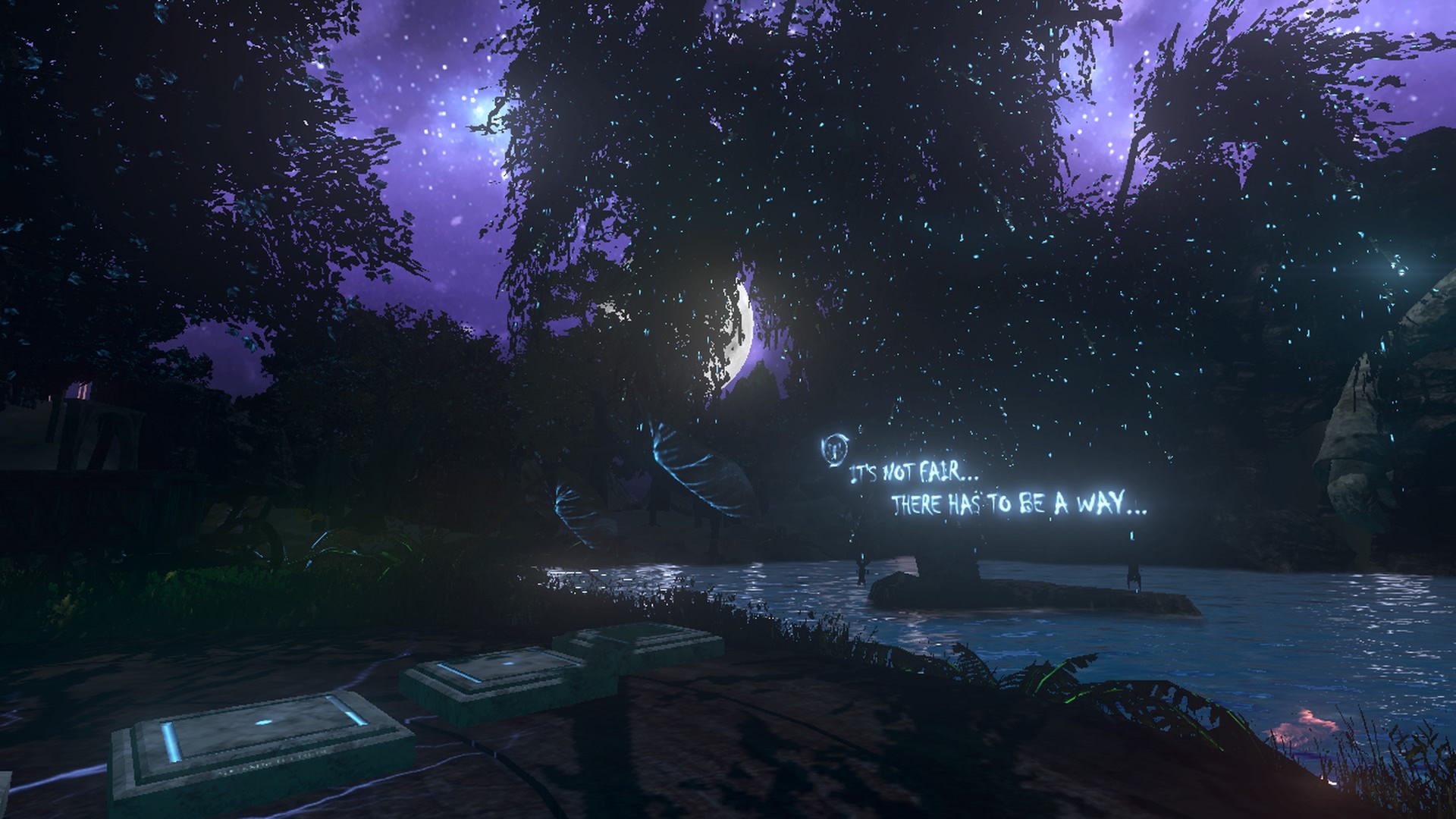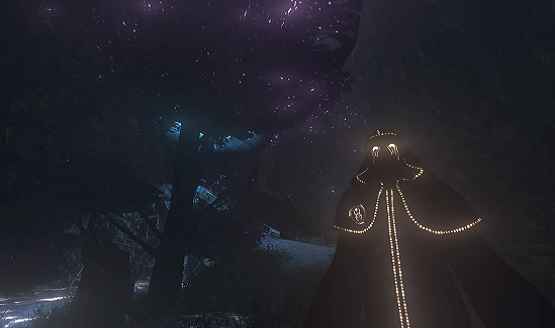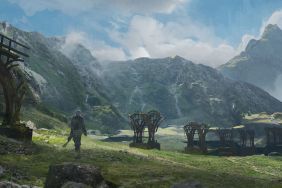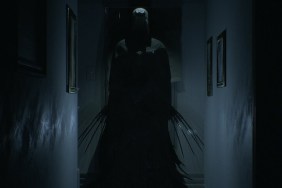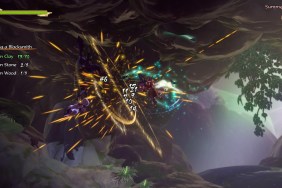NERO is not fun. NERO might have a powerful (albeit initially vague) story. NERO might look pretty. But NERO is not fun. NERO, or N.E.R.O.: Nothing Ever Remains Obscure is billed as a first-person visual novel and puzzle game, and it does at least one of those things well, if not quite literally. Game is a very loose term, and the limited interactivity in NERO takes a hard backseat to the emotion that they were trying to display. Trying being the operating word.
The best puzzle games meld the interactivity of the game world with the purposed narrative, however specific or loose that narrative might be. Games like The Swapper and The Witness give meaning to the player’s interaction with the game by creating sense of purpose for each puzzle element. NERO tells a deep and emotional story of parents losing a child and the fallout that can have on a family, but for all its pretty colors, the game rarely ever made me feel connected to the story. Simplistic puzzles blocked my way throughout, often requiring me to shoot a ridiculously inaccurate ball of light out of my hand or order my companion to stand on a pressure plate, but never did these puzzles do anything to help further the story. In fact, they slowed it down.
The story is told through giant floating walls of lit up text around the environment. A sentence here, another sentence a little further on, a pretty cave, or dense forest in between. This isn’t like The Vanishing of Ethan Carter, or other “walking simulators” as some call them, where the environment and puzzles are intrinsically connected to the narrative, at least not in an obvious way. In fact, NERO’s pretty lights and hooded figures feel like they are there just to add a sense of mystery and visual grandeur rather than to legitimately complement the plot. It does make a bit more sense in the end, but only after a smattering of “scenes” designed to forcibly drive an emotional point after 40 straight minutes of pointless puzzles and floating text.
The Blazing Speed of the Mighty Snail
All said and done, NERO is only about three hours long, which somehow feels like an eternity given that the walking speed is akin to that of a snail. Actually, to call it a snail’s pace would be an insult to the blazing speed of the slimy gastropod. You know those moments when a game slows down and pans around visually when you get to a new area, or something happens in the environment, and you just want to move on and keep playing the game? NERO is an entire game of those forced slow moments. Eventually it did tell me that L2 was the run button which offered brief respite from the painful walking speed, but it soon became apparent that even the game’s run was more of a sluggish crawl — again, no offense meant to the slugs. NERO is a whole bunch of reading, and walking, with the reading not being tied to important objects or clues, but just floating through the air like being forced to walk through a storybook one sentence at a time with your ankles tied together.
I also had an issue with NERO’s one random power up — the light ball you can throw. This is used to solve puzzles and is hardly ever accurate. Depth perception be damned, that ball of light seemed to exist on a different dimensional plane as it would arc awkwardly, never quite hitting where I was aiming. It would have been super easy to just make the ability hit wherever the targeting reticle was, but it feels like the arc was added in an attempt to spice up the nonexistent gameplay. Instead it distracts and makes simple puzzles unnecessarily difficult because I can never seem to hit any target on the first try, no matter how many times I think I have its goofy mechanics down.
From the game’s art and glimpses of the CG cutscenes, one might think NERO would be a visual marvel, but it hardly meets mettle during gameplay. It certainly tries, and there are a couple of vistas that manage to wow, but technical hiccups get in the way, from objects and textures popping in to horrible screen tearing whenever I tried to turn. It even had some abysmal framerate issues, and this is coming from someone that can easily look the other way when technical issues mar a game. It’s disappointing to see a game with such a beautiful concept as one of the worst performing games that I have seen this generation, and it isn’t even that complex. The one thing it does well, almost to the point of annoyance, is the lighting, which create more lens flares than the latest JJ Abrams project. Perhaps it’s all the optimization for the lighting that is causing the rest of the game to run so poorly?
Not the First Time
It was even more shocking to learn that NERO is not a new development. NERO came out more than a year ago on Xbox One and PC…and those reviews indicate it had all of these same issues at that time. Why then, more than one year later, would you not attempt to resolve some of those criticisms for release on a different console? A new console, a new audience, and a new chance to improve reception and review scores, and yet NERO falls to the same issues of being a painfully tedious technical ruin.
NERO is not fun. NERO might have a powerful story. NERO might look pretty. But NERO is not fun. Nor enjoyable. Or engaging. Or really anything that may have driven me to want to keep playing. The only thing that kept me playing was the review, because dammit I’m a games writer and that’s what I do. For its few successes in deep storytelling and pretty visuals, it fails to come together in any meaningful way. Less interactive than a game. Slower to consume than a book. Not as visual as a movie. NERO takes storytelling’s greatest mediums and takes away the reasons you would use each particular canvas to tell a story. The result is a slow technical mess that has something deep to say but doesn’t know how to say it.
N.E.R.O.: Nothing Ever Remains Obscure review code provided by publisher. Reviewed on PlayStation 4. For more information on scoring, please read our Review Policy here.
-
Visually stunning concept...
-
Deep and emotional story...
-
...Plagued by technical issues
-
...mixed with simplistic and meaningless puzzles
-
The abysmal walking speed
-
Fails to utilize the interactive medium to effectively connect the player to the experience
N.E.R.O.: Nothing Ever Remains Obscure
-
N.E.R.O.: Nothing Ever Remains Obscure
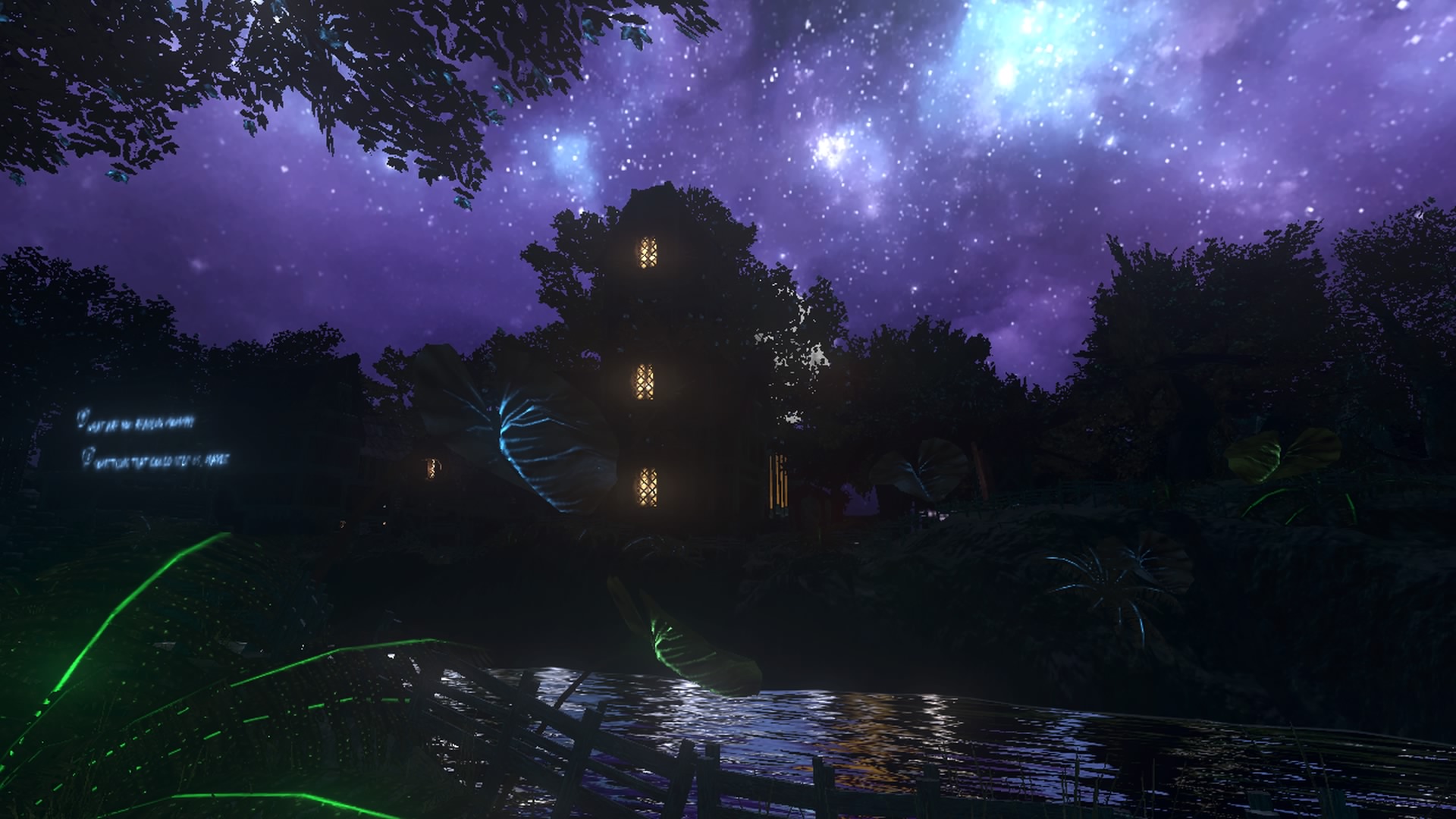
-
N.E.R.O.: Nothing Ever Remains Obscure
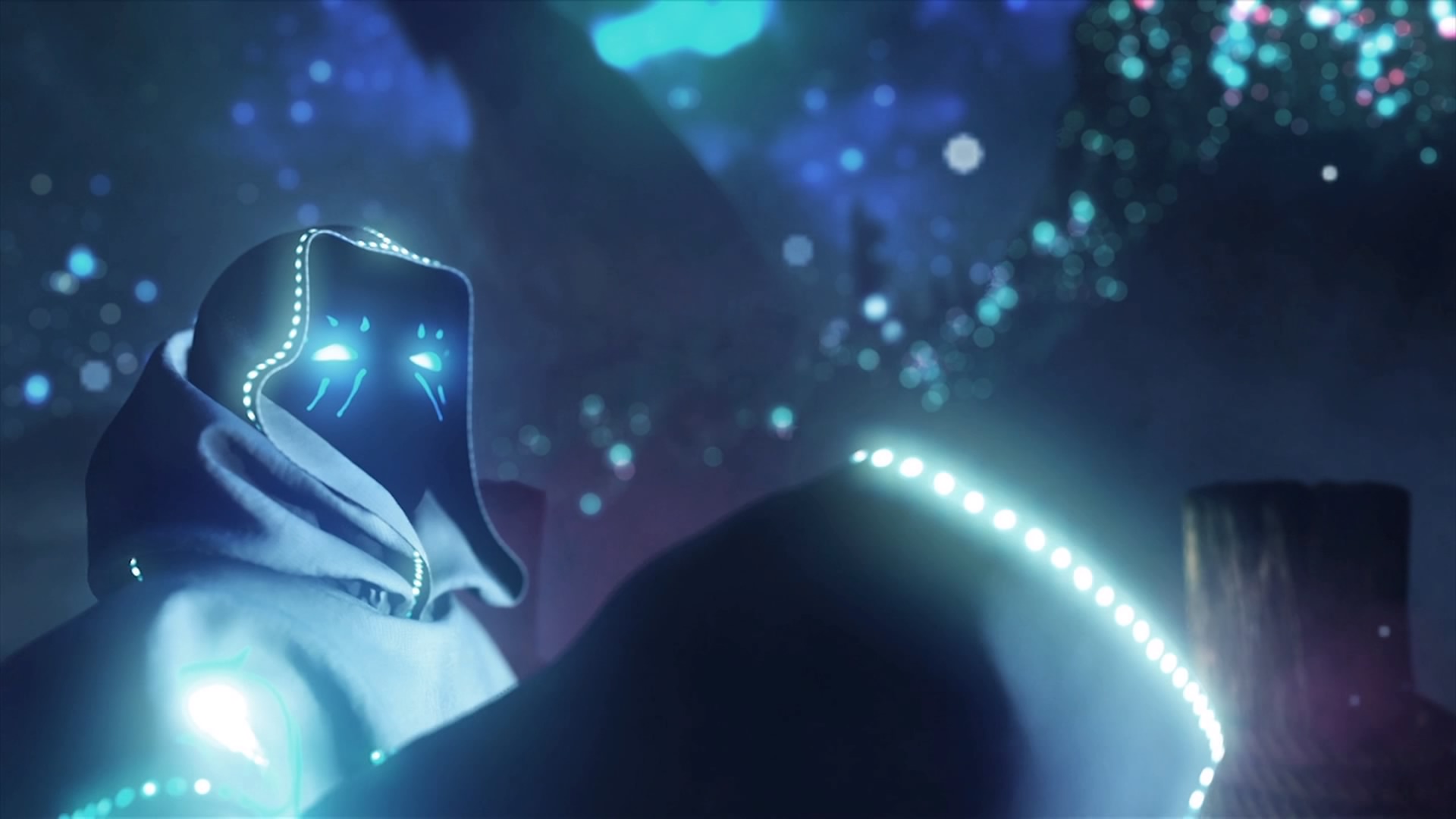
-
N.E.R.O.: Nothing Ever Remains Obscure
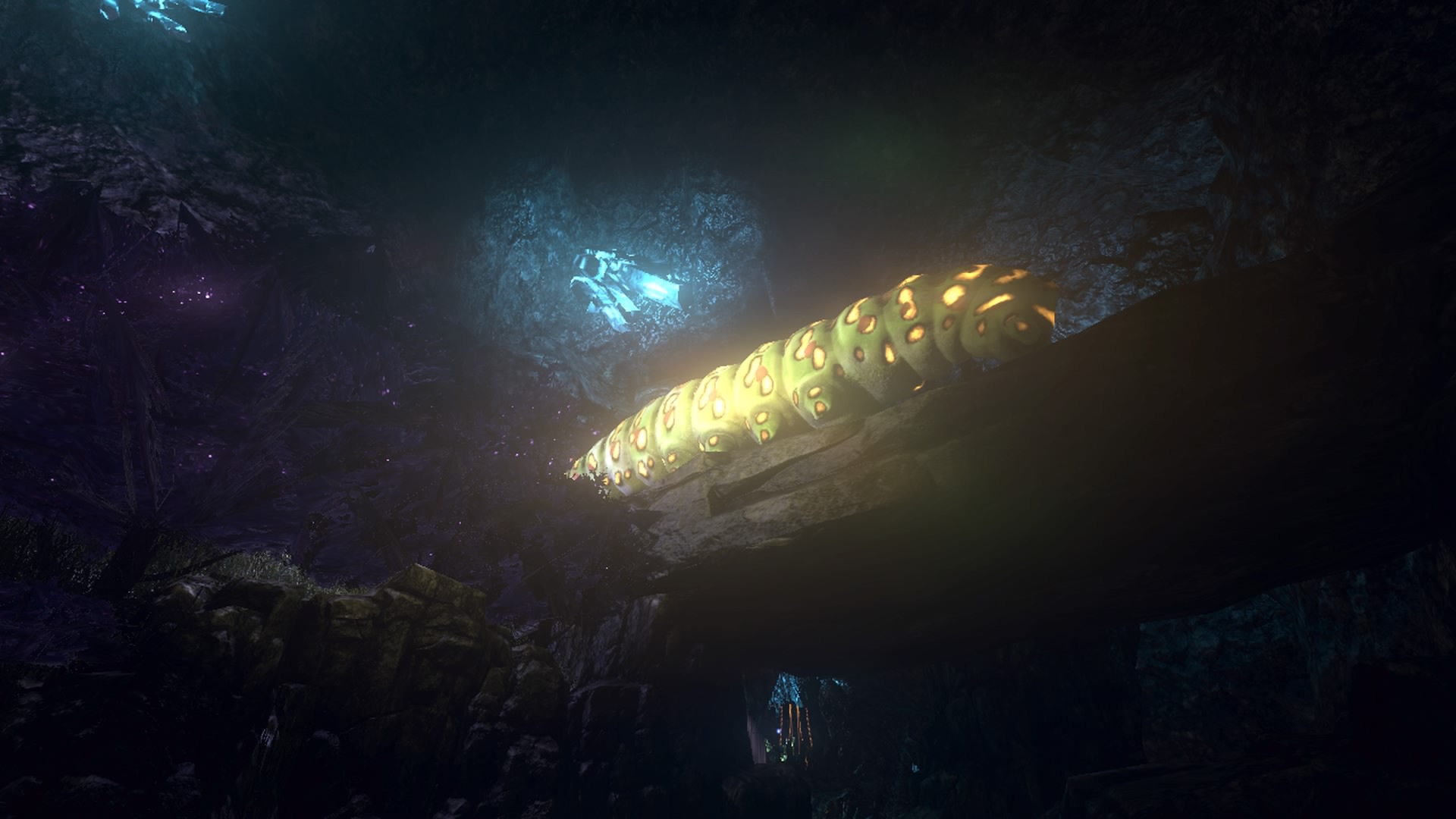
-
N.E.R.O.: Nothing Ever Remains Obscure
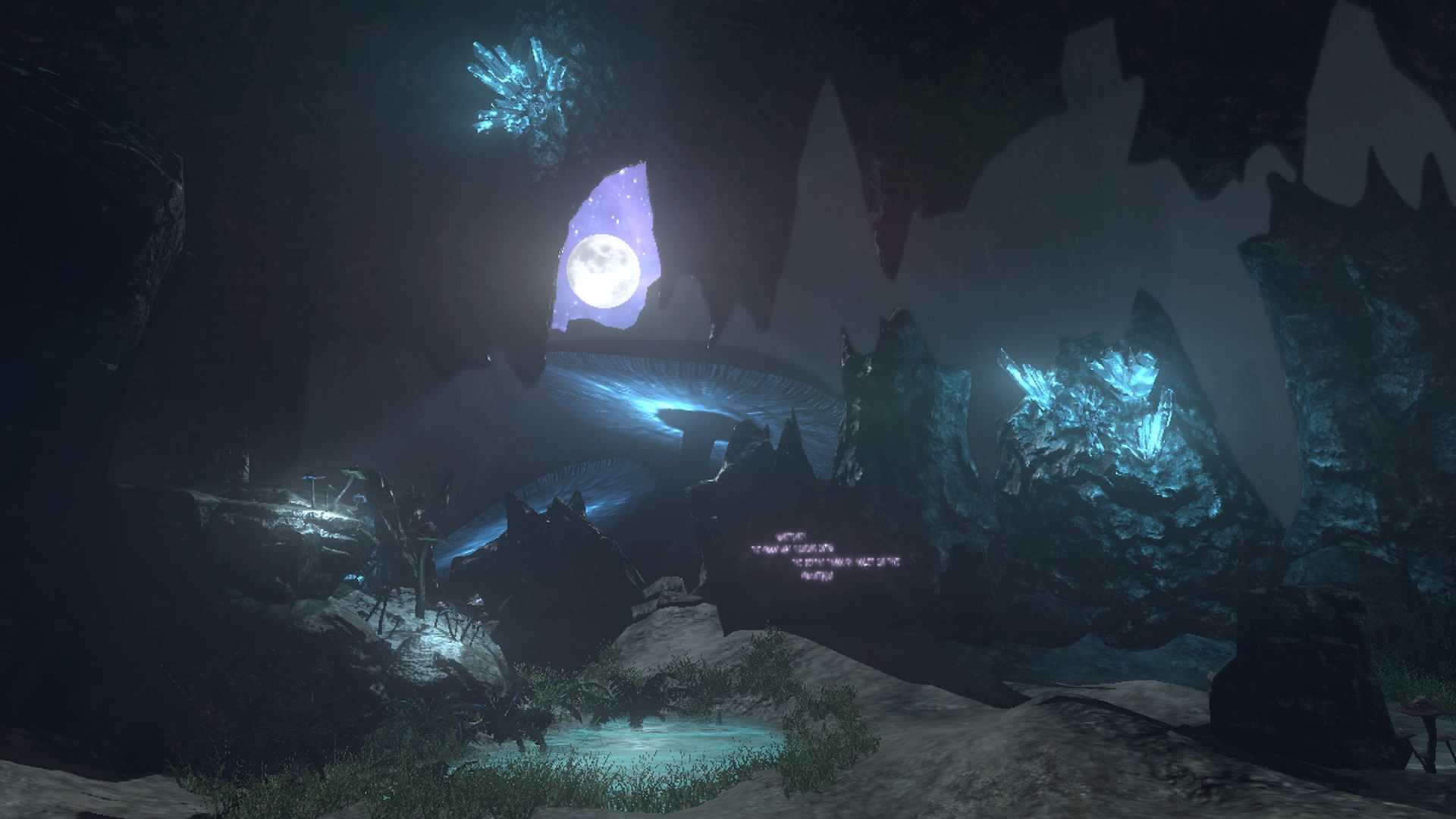
-
N.E.R.O.: Nothing Ever Remains Obscure
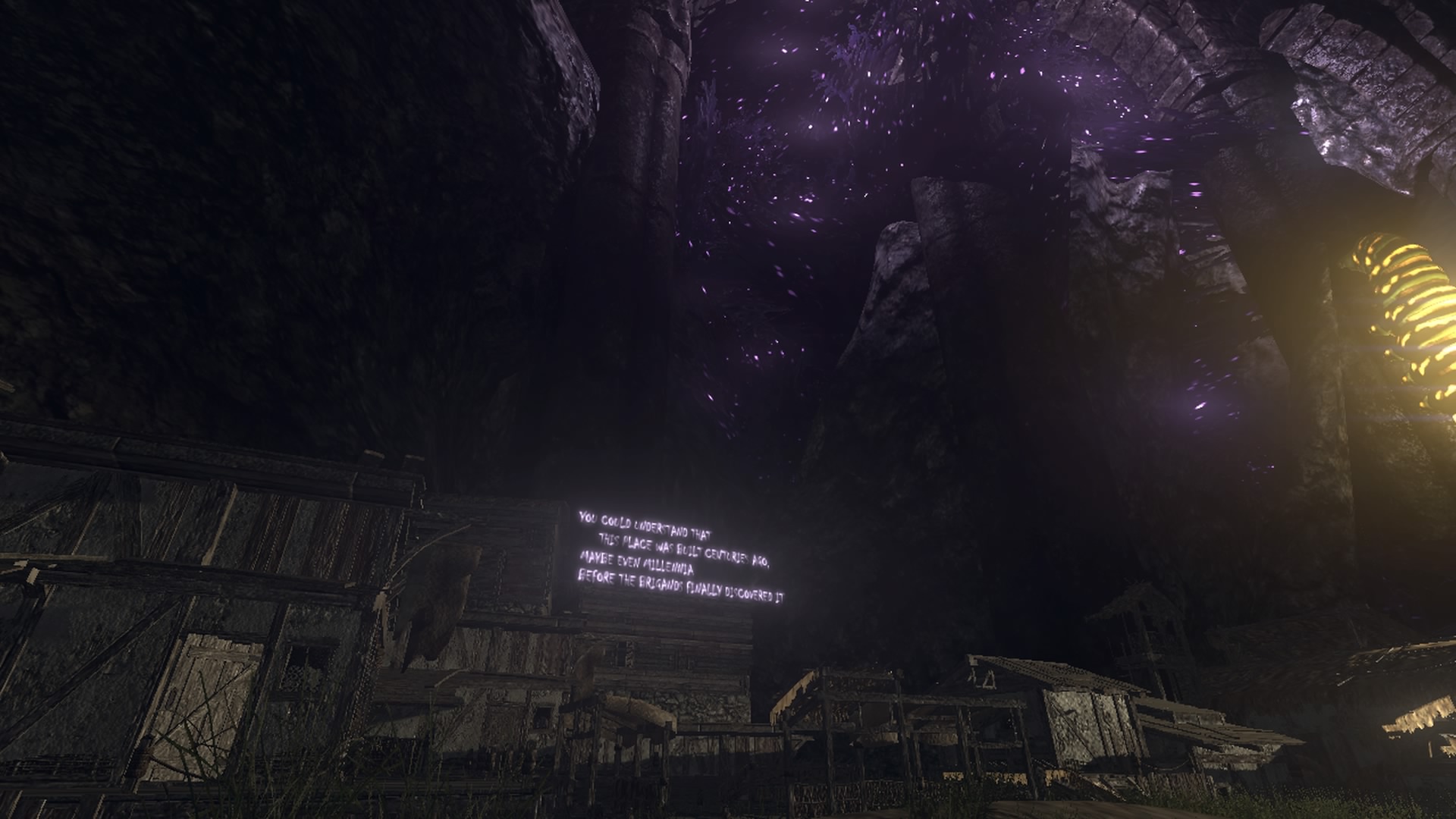
-
N.E.R.O.: Nothing Ever Remains Obscure
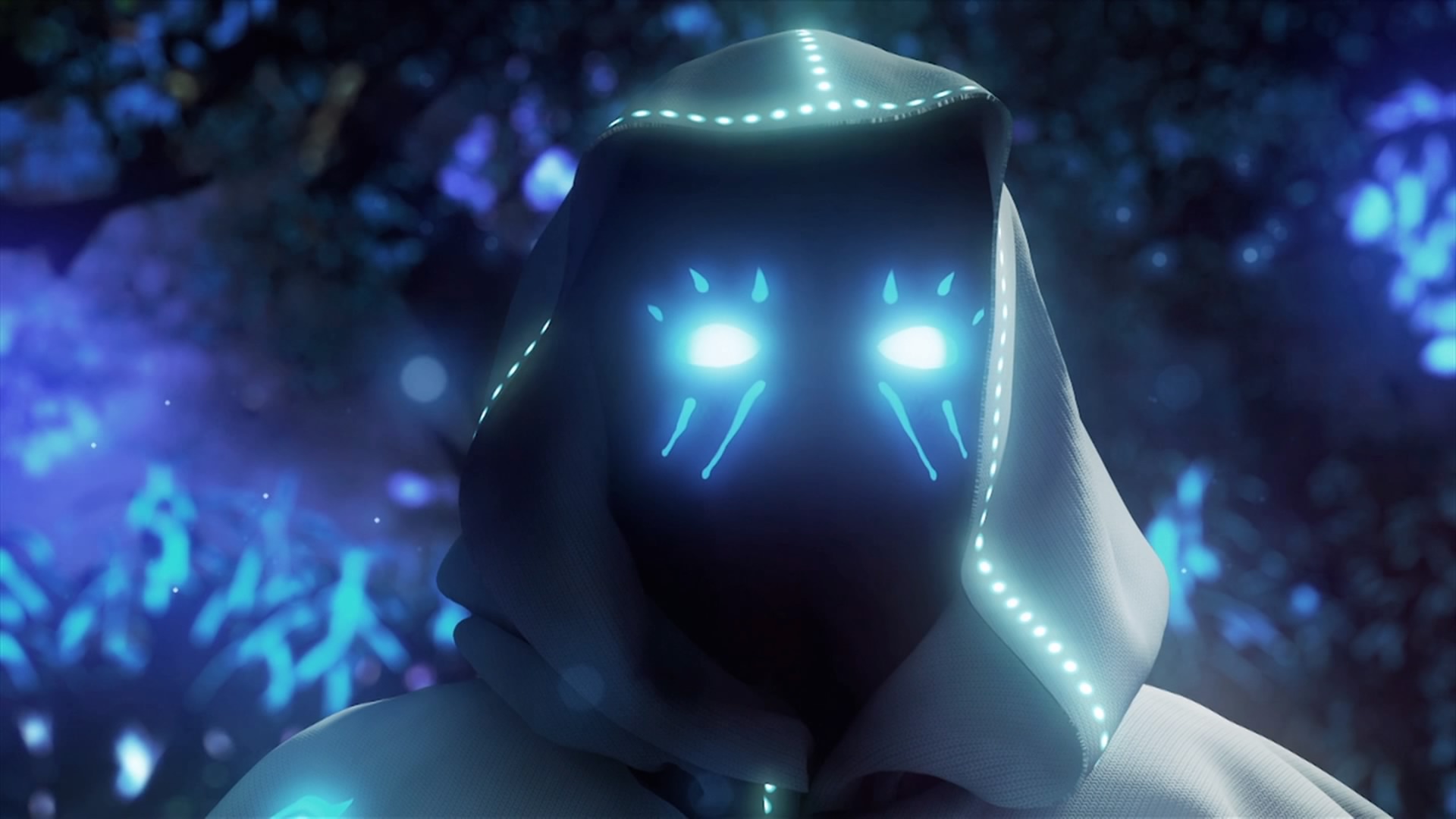
-
N.E.R.O.: Nothing Ever Remains Obscure
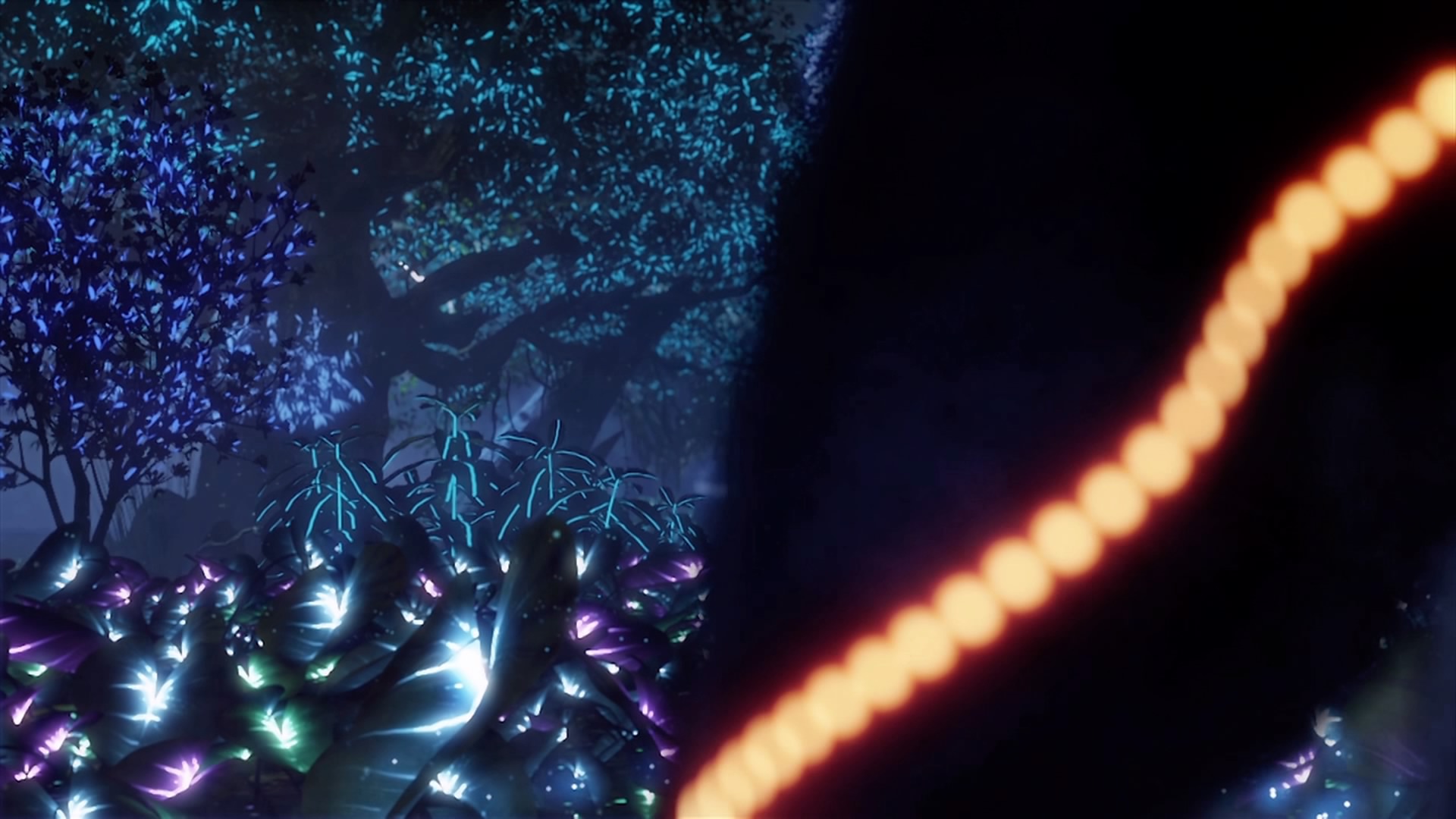
-
N.E.R.O.: Nothing Ever Remains Obscure
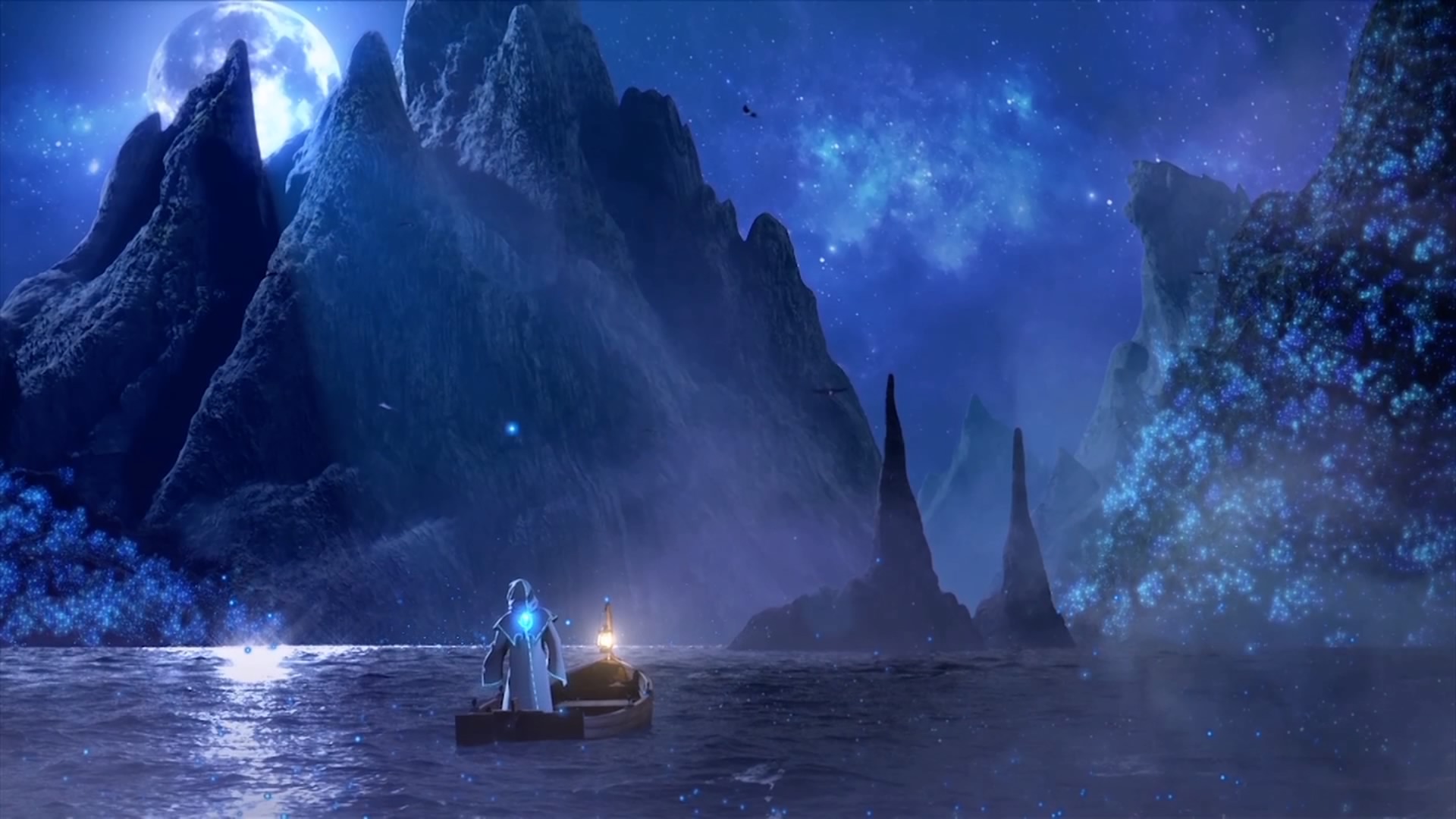
-
N.E.R.O.: Nothing Ever Remains Obscure
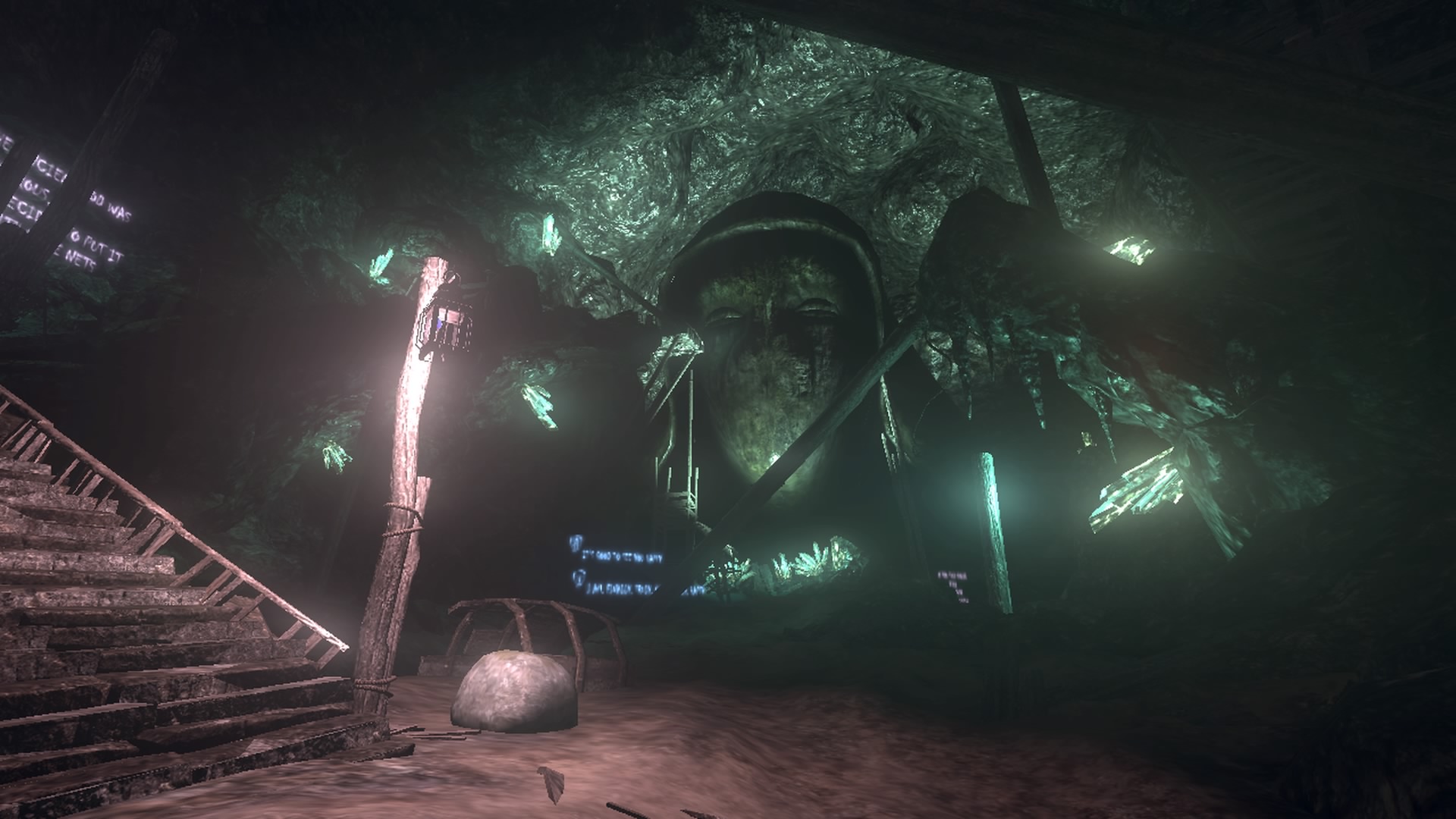
-
N.E.R.O.: Nothing Ever Remains Obscure
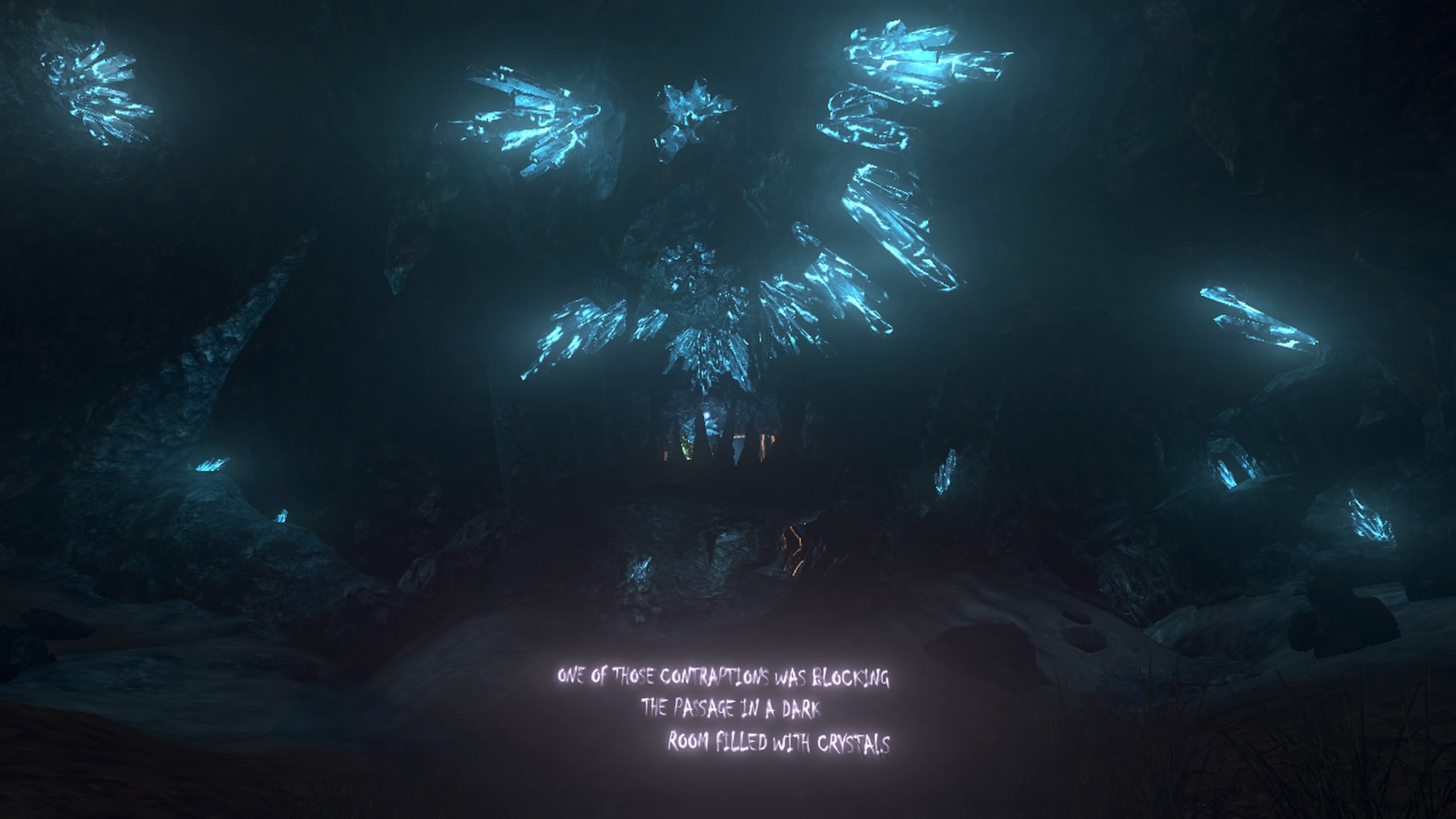
-
N.E.R.O.: Nothing Ever Remains Obscure
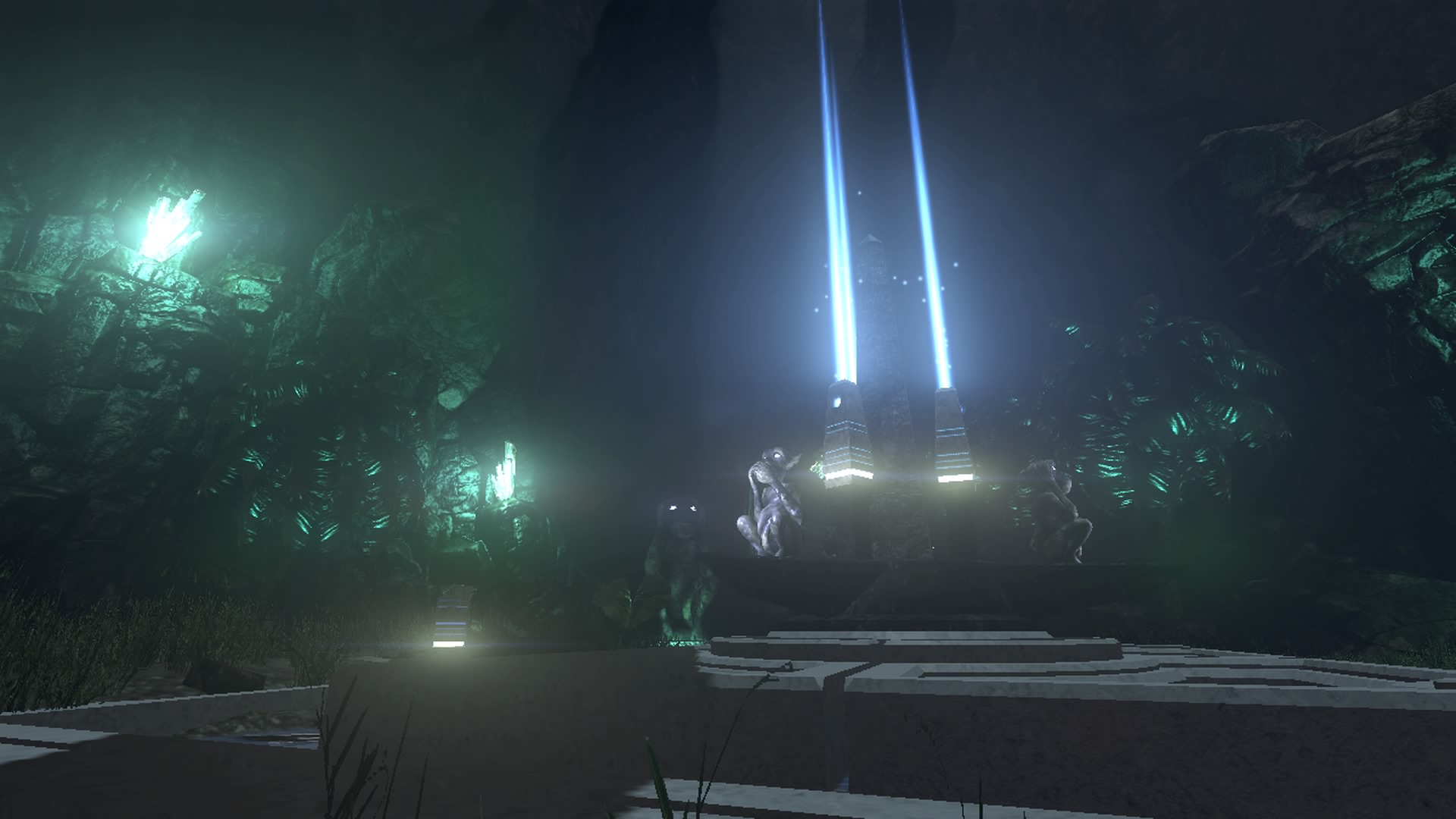
-
N.E.R.O.: Nothing Ever Remains Obscure
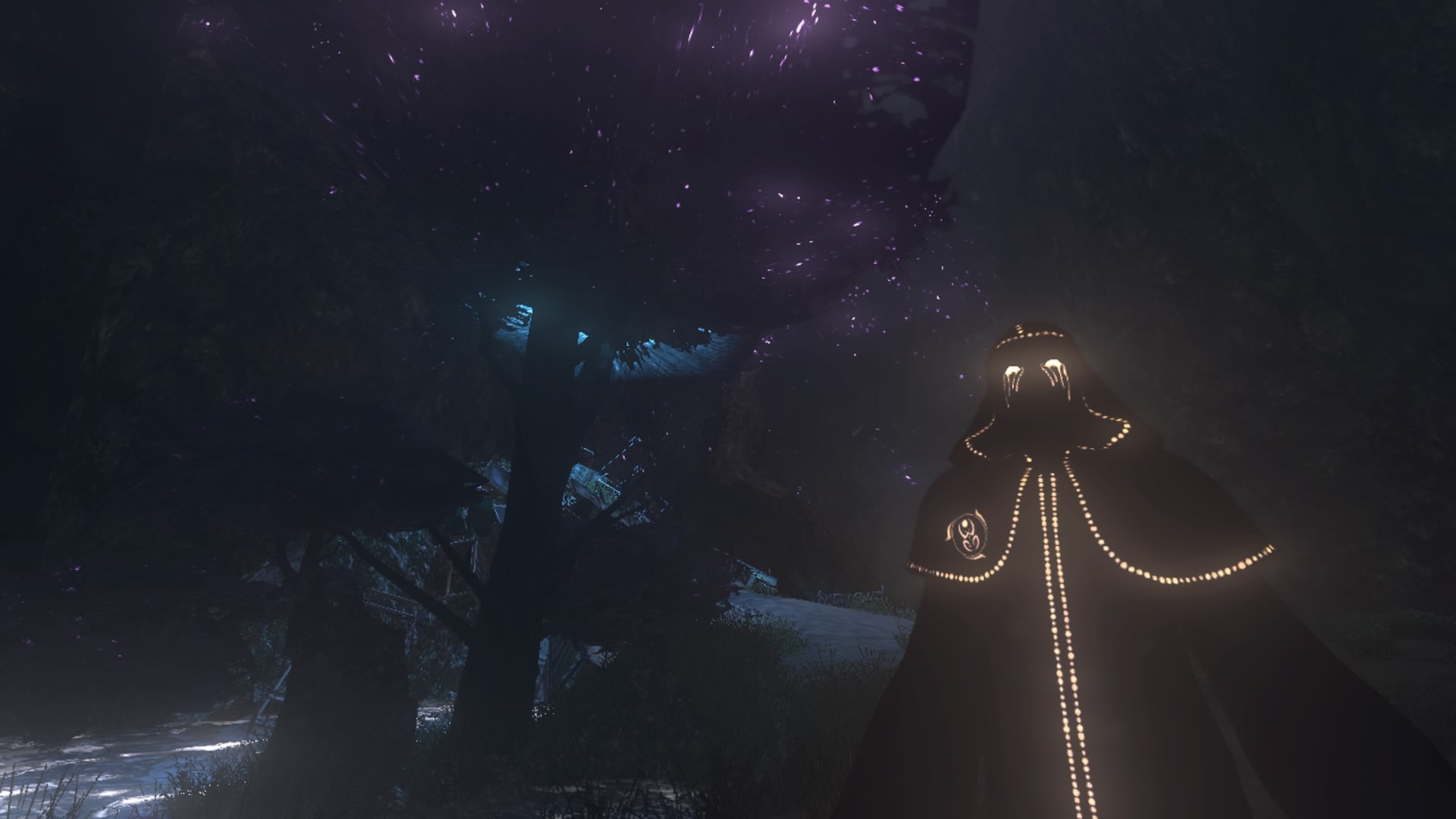
-
N.E.R.O.: Nothing Ever Remains Obscure
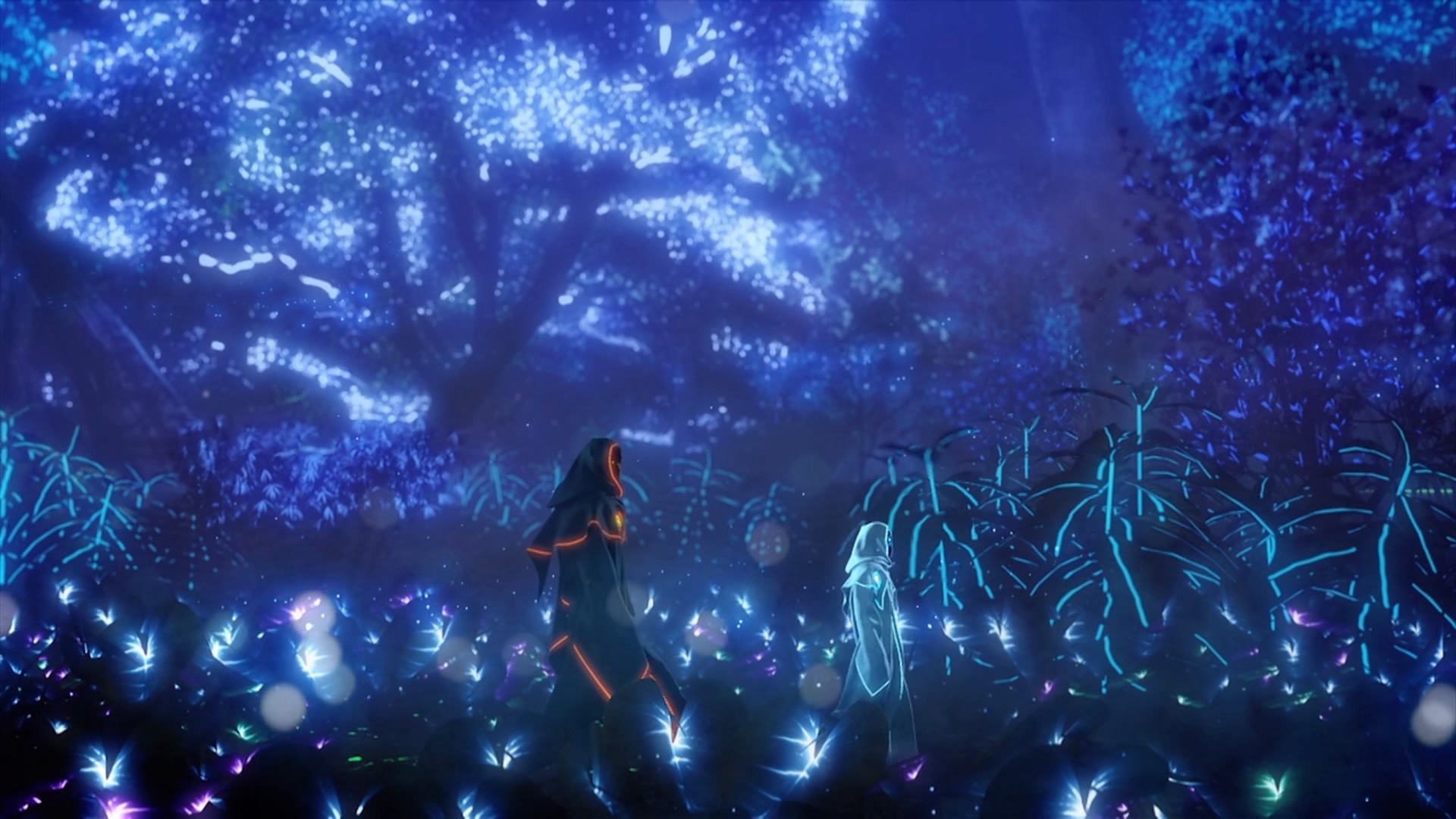
-
N.E.R.O.: Nothing Ever Remains Obscure
